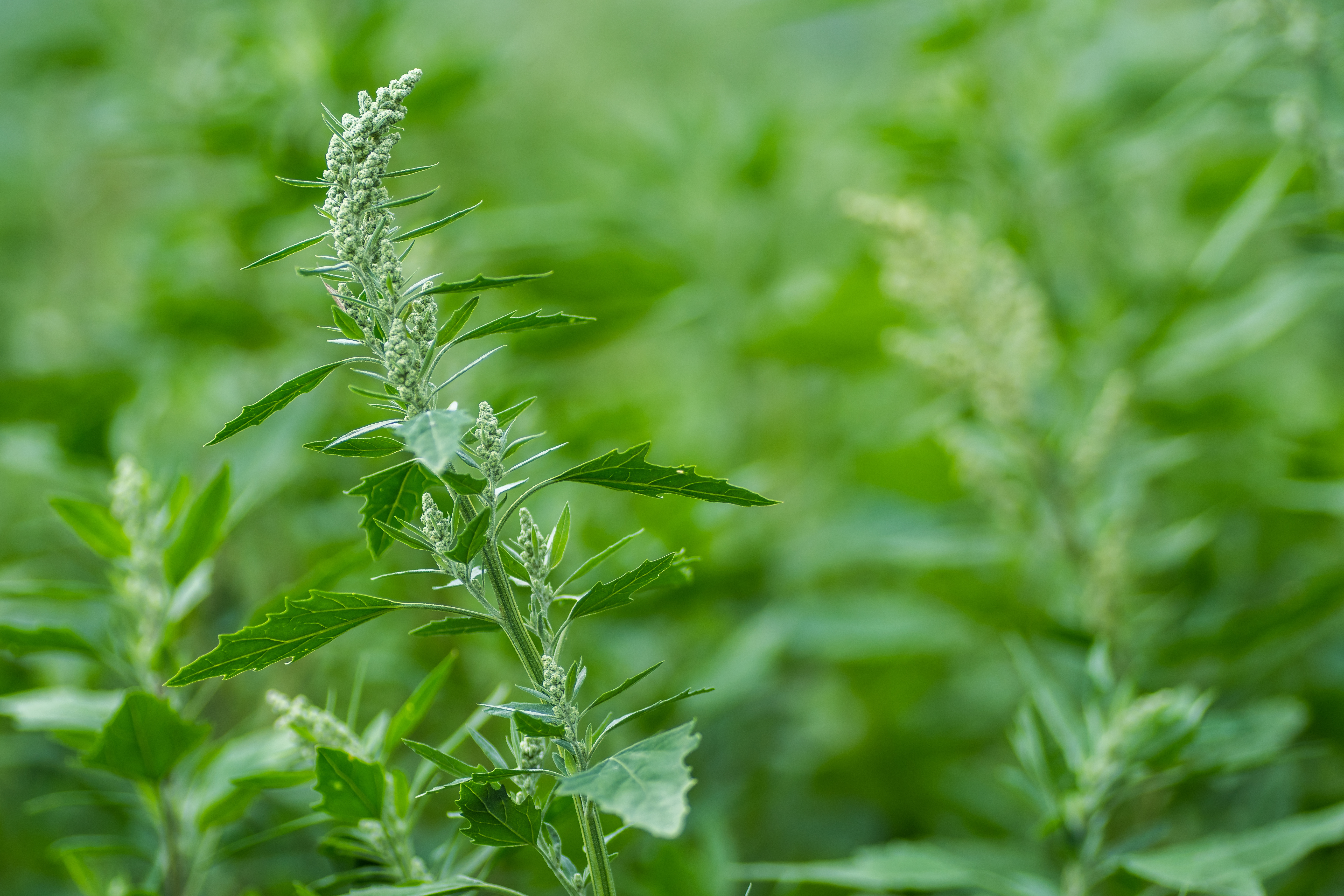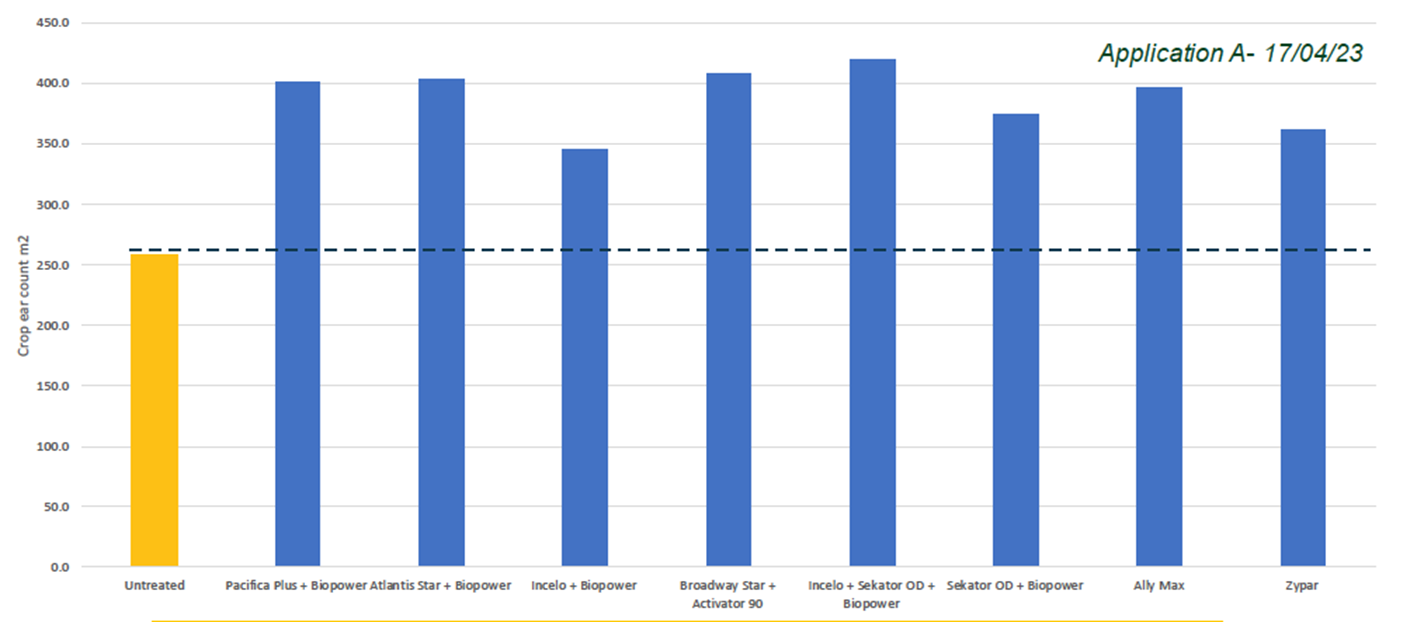Atlantis Star and Pacifica Plus are both first and foremost grass-weed control herbicides, but against mixed populations they also offer good control of many common broad leaf weed species.
On label broad-leaf weed control
The following weeds have on label approval for control from Atlantis Star
|
|
Post-em susceptibility 0.2KG/HA
|
Post-em susceptibility 0.333 KG/HA
|
|
Chickweed, common
|
S to GS26
|
S to GS39
|
|
Cleavers
|
-
|
MS to GS14
|
|
Mayweeds
|
S to GS19
|
-
|
|
Oilseed rape, volunteer
|
S to GS30
|
-
|
|
Poppy, common
|
-
|
MS to GS16
|
|
Shepherd’s purse
|
S to GS31
|
S to GS39
|
|
Speedwell, common field
|
S to GS26
|
S to GS39
|
|
Speedwell, ivy-leaved
|
MS to GS14
|
S to GS25
|
|
S=susceptible; MS=moderately susceptible
|
|
The following weeds have on label approval for control from Pacifica Plus:
|
|
Post-em susceptibility 0.4KG/HA
|
|
Charlock
|
To GS 16 (6 expanded true leaves)
|
|
Chickweed, common
|
To branching stage (10 cm across/high)
|
|
Cleavers
|
To 20 cm high
|
|
Mayweeds
|
To branching stage (10 cm across/high)
|
|
Oilseed rape, volunteer
|
To GS 16 (6 expanded true leaves)
|
Weeds controlled not on label
Both products are also known to control a wider range of weeds not on the label. Through trial results and user feedback, thiencarbazone, one of the components of Atlantis Star has activity against the following weeds which are not on the Atlantis Star label.
|
Bindweed, black
|
XX
|
Fat hen
|
X
|
|
Black nightshade
|
X
|
Forget-me-not
|
XXX
|
|
Charlock
|
XXX
|
Knotgrass
|
XXX
|
|
Corn marigold
|
XXX
|
Pansy
|
XX
|
|
Crane’s-bill spp.
|
X
|
Radish, wild
|
XXX
|
|
Deadnettle, red
|
X
|
Redshank
|
XXX
|
|
Dock, broad-leaved
|
XXX
|
Sowthistle, perennial
|
XXX
|
|
X-XXX= Increasing Susceptibility
|
|
Pacifica Plus is reported to have activity against these weeds:
|
|
Up to
|
|
Up to
|
|
Black-bindweed
|
GS14
|
Groundsel
|
GS14
|
|
Common Poppy
|
GS14
|
Hemp nettle
|
15 cm
|
|
Common Field Speedwell
|
GS14
|
Ivy-leaved speedwell
|
GS12
|
|
Creeping thistle (from seed)
|
GS14
|
Knotgrass
|
GS14
|
|
Cut-leaved crane’s-bill
|
GS14
|
Red dead-nettle
|
GS14
|
|
Fat hen
|
GS14
|
Redshank
|
GS14
|
|
Field Pansy
|
GS12
|
Runch
|
GS15
|
|
Fool’s parsley
|
GS14
|
Volunteer beans
|
10cm
|
|
Fumitory
|
GS14
|
|
|
Always consult an agronomist when planning a herbicide application to ensure compliance with the label and other relevant guidelines.



